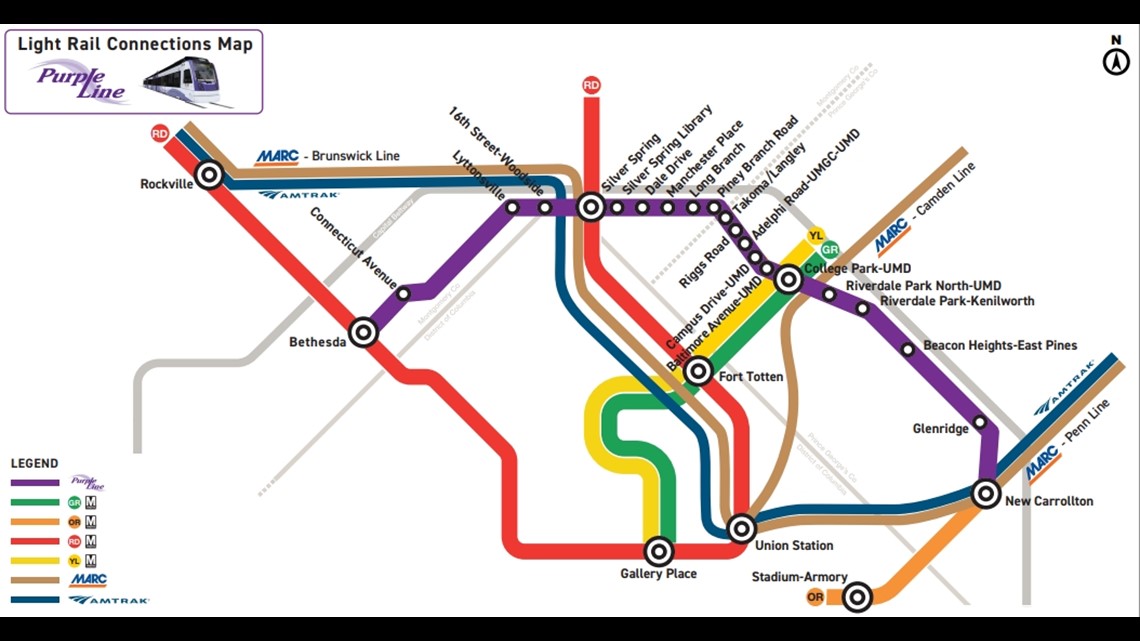The National Museum of African American History and Culture opened on September 24, almost 13 years after its creation by an act of Congress. The idea for the museum first came up in 1915, when African-American veterans, frustrated with segregation, formed a committee to build a “National Memorial Building”, which focused on African-American achievements. However, the legislation was not passed. It was only in 2001 that the Smithsonian Board of Regents agreed to support the museum and asked Congress to establish the National Museum of African American History as part of the Smithsonian Institution. It is the first national museum dedicated exclusively to African American life, art and history.
Whether on a workday or weekend, visitors struggle to get a pass into the museum. The online passes are no longer available until March of 2017. The line in front of the museum starts as early as 5:30 a.m., according to security guard Trevor Joe. The visitors are seen with chairs, blankets and coffee and wait for the passes until 9:15 a.m., when the museum opens.
The museum consists of four levels and one concourse. The first level is the heritage hall, the second is the interactive gallery, the third the community gallery and the fourth the culture gallery. The third and fourth floors focus on African-American life from the 20th century to the last decade. The community gallery shows aspects from their student and professional life, and the culture gallery shows their roles in the music, movie and sports industries. The concourse has three levels as well, each dedicated to a period of early black history.
The museum officials recommend starting the tour from the lowest level, C3, which showcases exhibits about slavery and freedom. The whole museum is designed chronologically in a way that visitors may see the changes and accomplishments made in African American life. The C3 level is the busiest part of the museum, with waiting lines that last 45 minutes to an hour. Visitors Nancy and Frank Plasinger, husband and wife, got to visit the concourse. For Frank Plasinger, the downward levels were the highlight of the museums.
“For me, the best part was the second level concourse, which is all the civil rights era, because we remember that, we remember the [segregation] from the 60s and 70s,” Frank Plasinger said. “Most of the American history [that we know] is based on white Americans, and African Americans obviously had a contribution, but a lot gets overshadowed.”
“When you see it all brought together in a display like this, you realize what an impact it had on the country. You see the various movements and the contribution they made on the arts, sports and [culture],” Nancy Plasinger said.
The galleries cover various generations, from the 15th century to the late 1990s. In the exhibits “Taking the Stage” and “Musical Crossroad,” there are iconic items from African American culture, like Chuck Berry’s Cadillac, the costumes of the cast of The Wiz, Lupita Nyong’o’s dress from 12 Years a Slave and one of Michael Jackson’s stage costumes. On the third floor, visitors have the opportunity to learn about black Americans who have overcome poverty and achieved success, like doctor Ben Carson, one of the world’s most distinguished pediatric neurosurgeons. Because sports was the first large-scale organization to accept African Americans, it is the fullest part of the museum, with constant narrations of games, shouts of excitement and memorable victories, such as the boxing fight of Joe Louis and Max Schmeling in 1938.
With the blasting of blues, soul and hip hop music, famous speeches in the powerful voice of Mary McLeod Bethune, scenes from the films Malcolm X, The Help and Pursuit of Happiness, patches of poetry, the singing of a mass and African beats, it is fair to say that the entire museum is interactive. Each gallery captures the essence of African American history. It isn’t difficult to portray the life of victims. It isn’t easy, though, to tell the tale of empowerment and overcoming.
To visitor Jennifer Wilson, the museum brought a lot of clarity. Her mom worked as a teacher during the 1940s to the 1950s.
“My mom didn’t talk about what she went through,” Wilson said, after visiting the concourse about the topic of segregation. “She didn’t want us to be bitter. She wanted us to be happy and successful.”









privatepharmacy.net scam • Feb 17, 2017 at 11:41 pm
I really like it when individuals get together and share opinions.
Great site, keep it up!